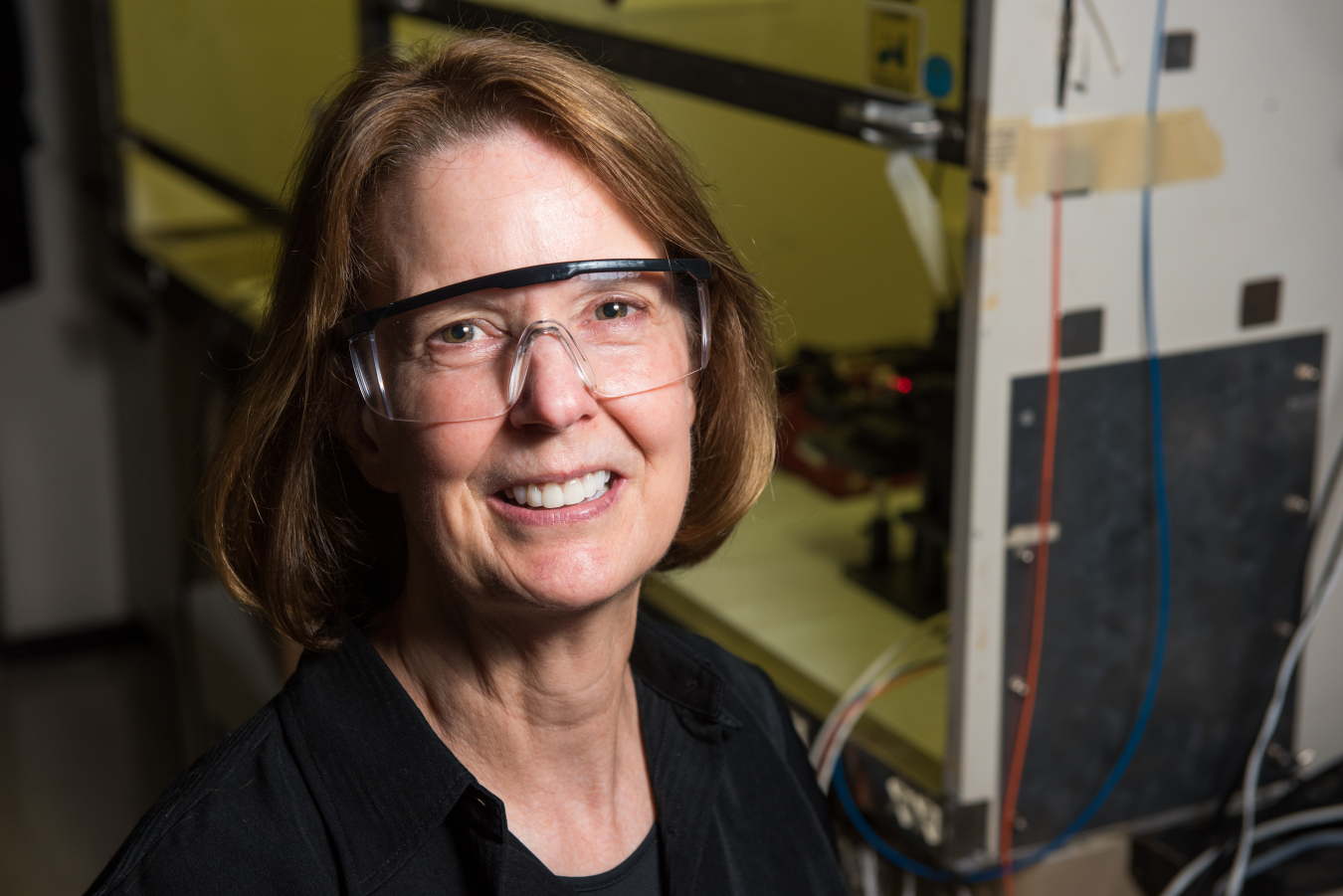Learn why Dr. Sue Clark loves her job as a chief science and technology officer and a chemist at Pacific Northwest National Laboratory.
September 11, 2019
Dr. Sue Clark is a Battelle fellow and the chief science and technology officer and a chemist in the Energy and Environment Directorate at Pacific Northwest National Laboratory (PNNL), with a joint appointment at Washington State University (WSU). Her current research areas include chemistry of radioactive waste systems and environmental chemistry. As chief science and technology officer, she works to develop the innovation pipeline for future ideas in energy and environmental areas. Dr. Clark began her academic career at WSU in 1996 and held a presidential appointment to the U.S. Nuclear Waste Technical Review Board before joining PNNL as a joint appointee in 2015. She holds a BS in chemistry from Lander College in Greenwood, South Carolina and an MS and a PhD in chemistry from Florida State University in Tallahassee, Florida.
What inspired you to work in STEM?
I actually started my undergraduate studies as a music major. I had a piano scholarship and figured that was what I’d get my degree in. But I liked the first-year chemistry class I took. It seemed systematic and methodical, this great intersection of the chaos of biology vs the mathematics of physics. Biology was too much memorization and physics was a little too abstract without connectivity to what was real to me. I find that if I can connect to tangible things, if it’s not just rote, I assimilate it more easily. I’ve been fortunate to have good math teachers who prepared me well. Chemistry is a way to apply math towards science.
What excites you about your work at the Energy Department?
I came to PNNL when the lab decided to reinvest in its nuclear science and technology enterprise. Lab leadership had decided to invest in the Radiochemical Processing Laboratory (RPL). They approached me to be the leader of an initiative around the RPL, and I found it compelling. I like the Energy and Environment Directorate at PNNL because the scope is broad, spanning many energy challenges. I find a lot of fulfillment in bringing PNNL’s strong scientific foundation to the energy applications that we work on. And I enjoy my joint appointment at WSU. Although I am not teaching formal coursework at the moment, I continue to work with graduate students via research because they teach me more than I ever teach them.
How can our country engage more women, girls, and other underrepresented groups in STEM?
I benefited from having very strong mentors—men and women—from all different walks of life, who made opportunities available to me. I feel a responsibility now to give back and help the way that the people who went before me helped me. I work hard to make opportunities available for everybody, no matter where they are in their career, to achieve their goals.
Do you have tips you'd recommend for someone looking to enter your field of work?
A strong math foundation helps, whether you’re doing music or chemistry. Math is the language of science. You can’t go wrong with a strong math background.
When you have free time, what are your hobbies?
My husband and I like to go hiking and scuba diving. We like to get out and enjoy nature. We just went on a great trip to the Olympic Peninsula, where we hiked through the rain forest and emerged on the beach. We camped there; you could see the sea stacks out in water. When the tide went out, you could explore the tide pools and see all sorts of interesting critters. It was beautiful!
Learn more about our programs & resources for women and girls in STEM at /women

